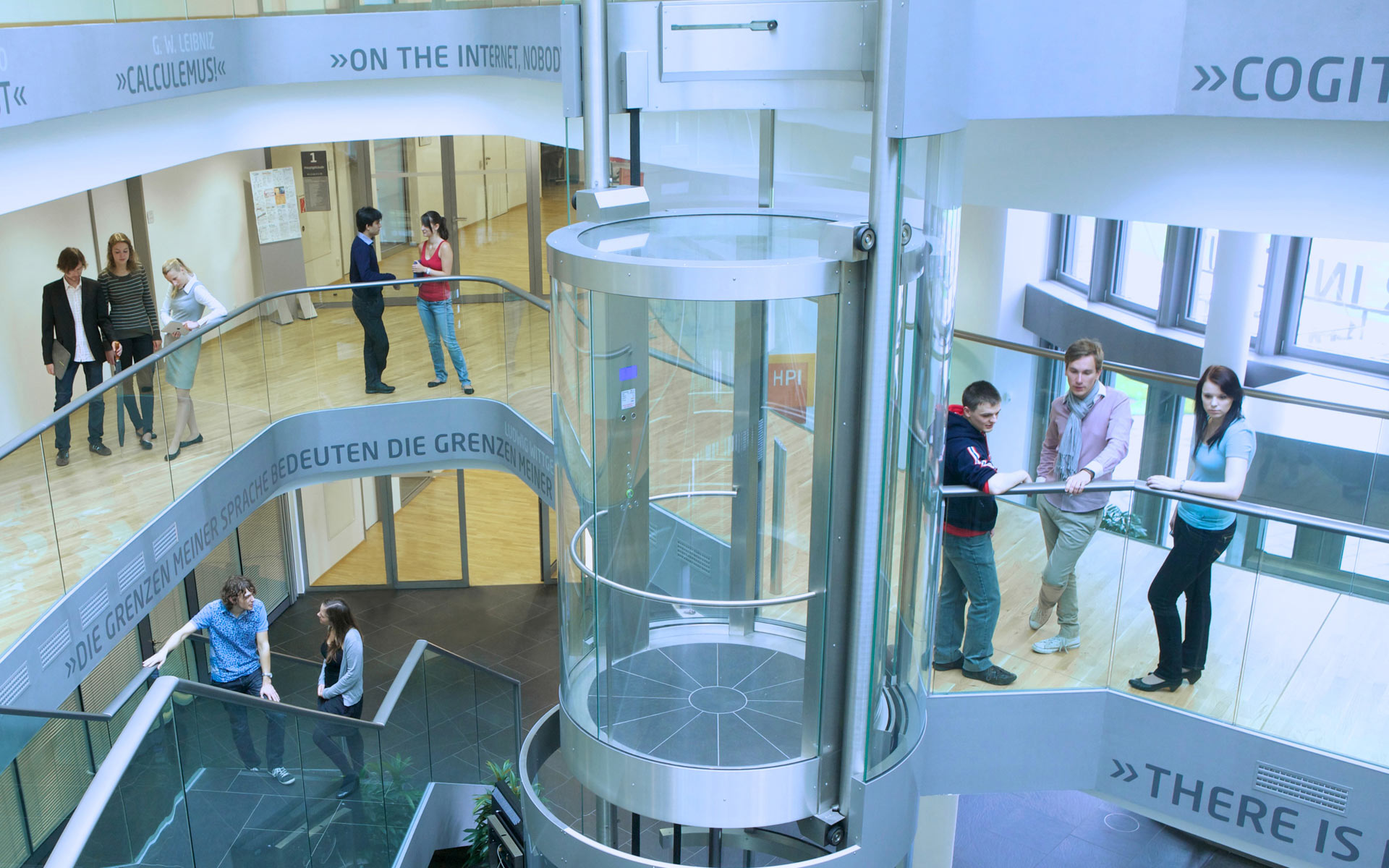(a) This user is playing a badminton app. His side of the court fills the entire 4x4m tracking volume. (b) This other user is playing a Pac-Man game mapped to the same tracking volume. (c) VirtualSpace allows both users to share the same tracking space, without being aware of the other user. To keep users from running into each other, VirtualSpace limits each app to non-overlapping tiles at any given time. Client apps handle this in a way transparent to their users. The badminton app, for example, always makes the user’s virtual opponent return the ball to locations inside the tile currently assigned to the app. (d) By reassigning tiles frequently, VirtualSpace moves users across the entire space, thereby seemingly allowing for unrestricted walking

